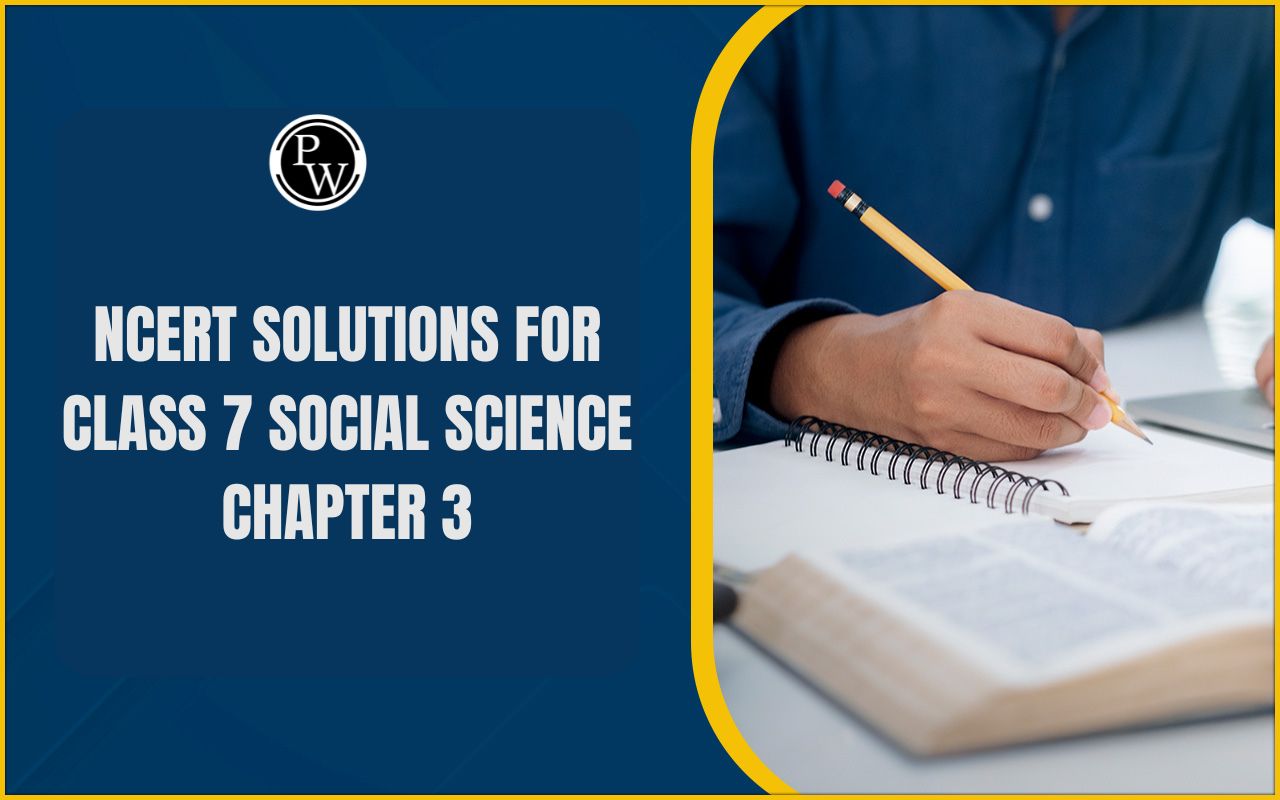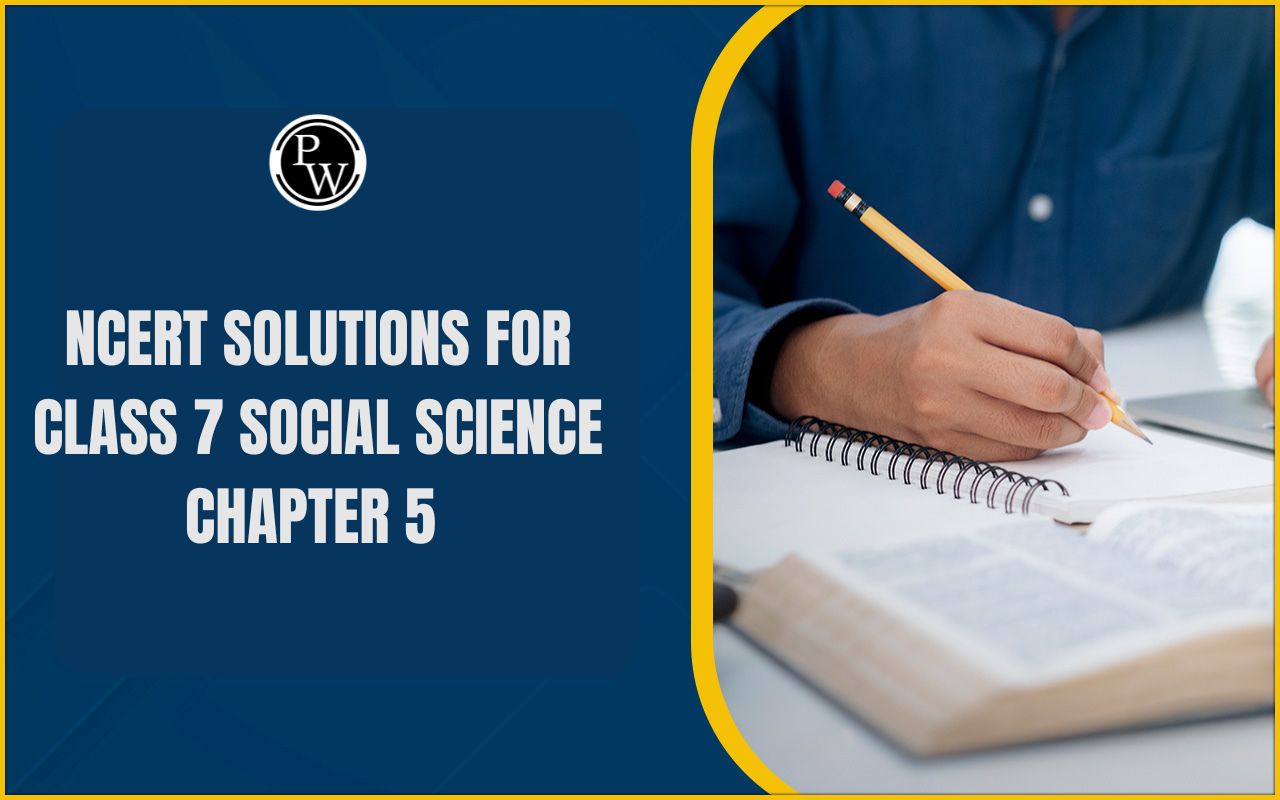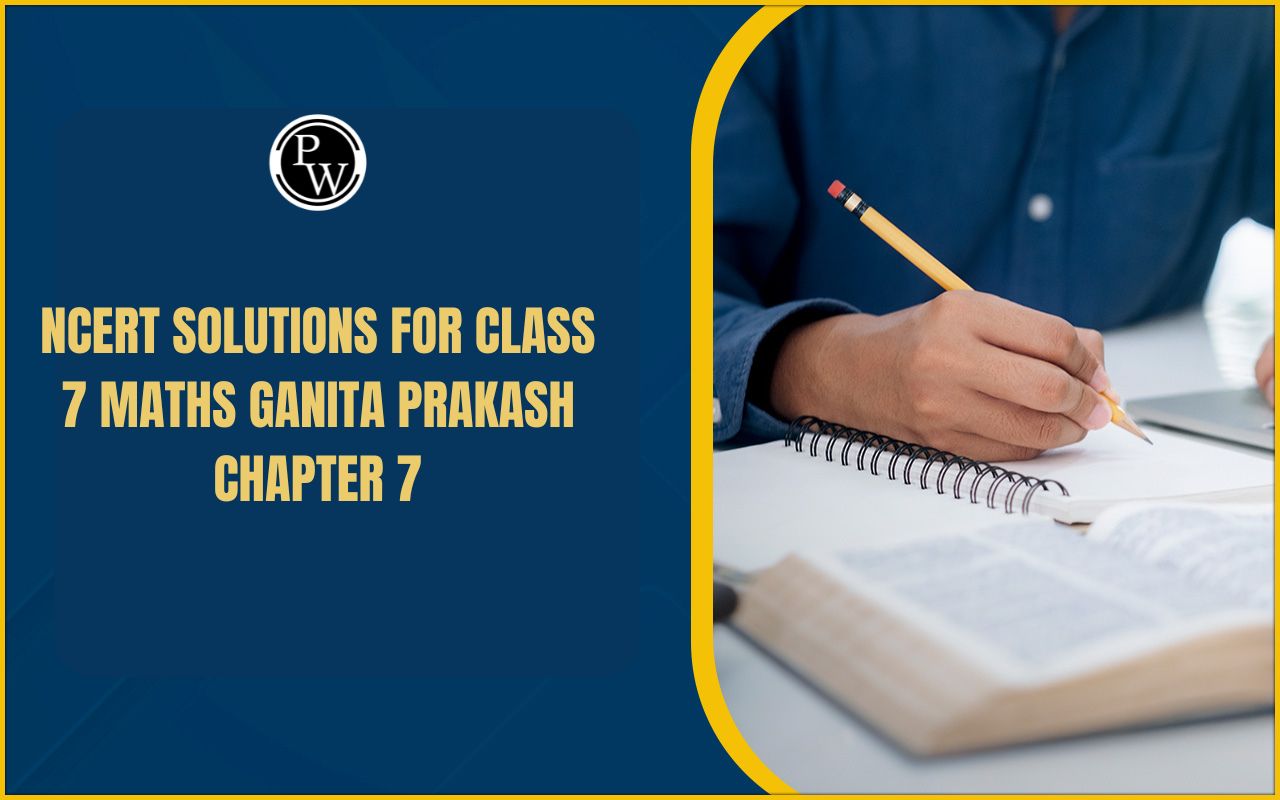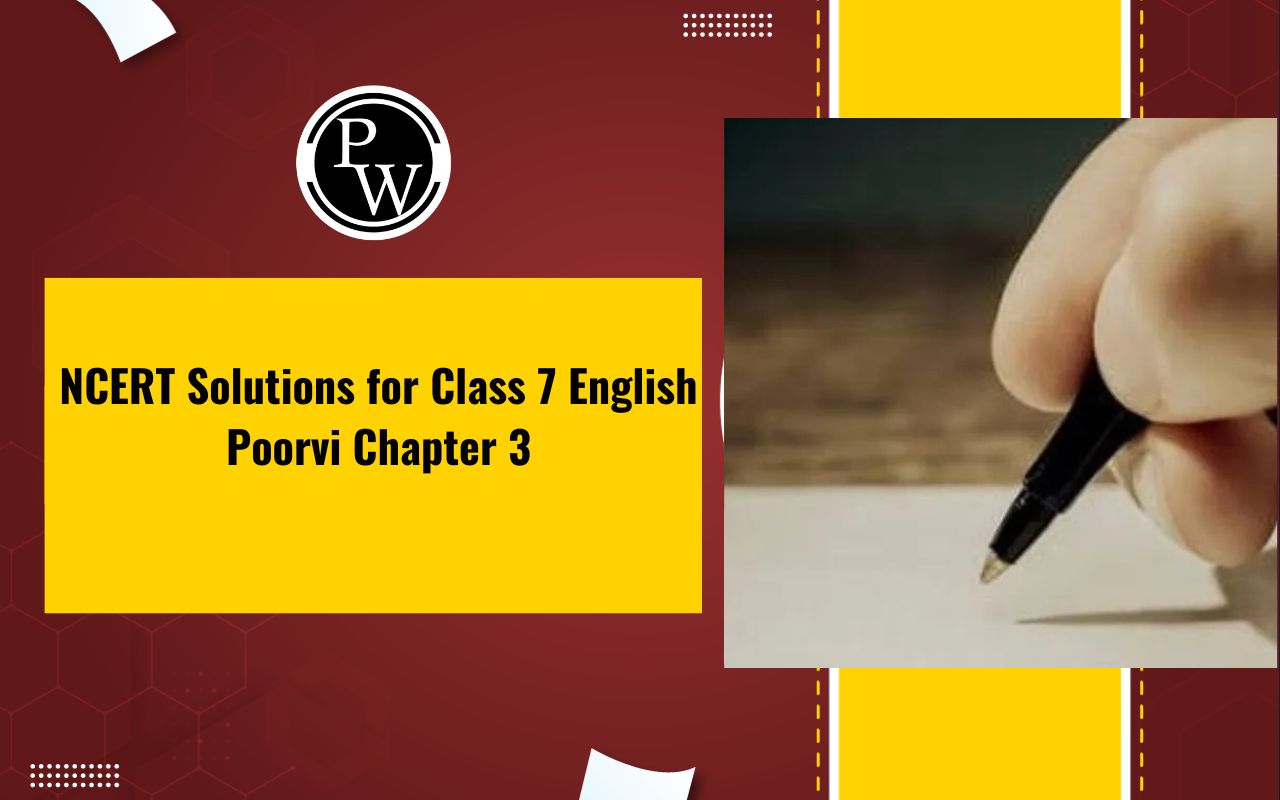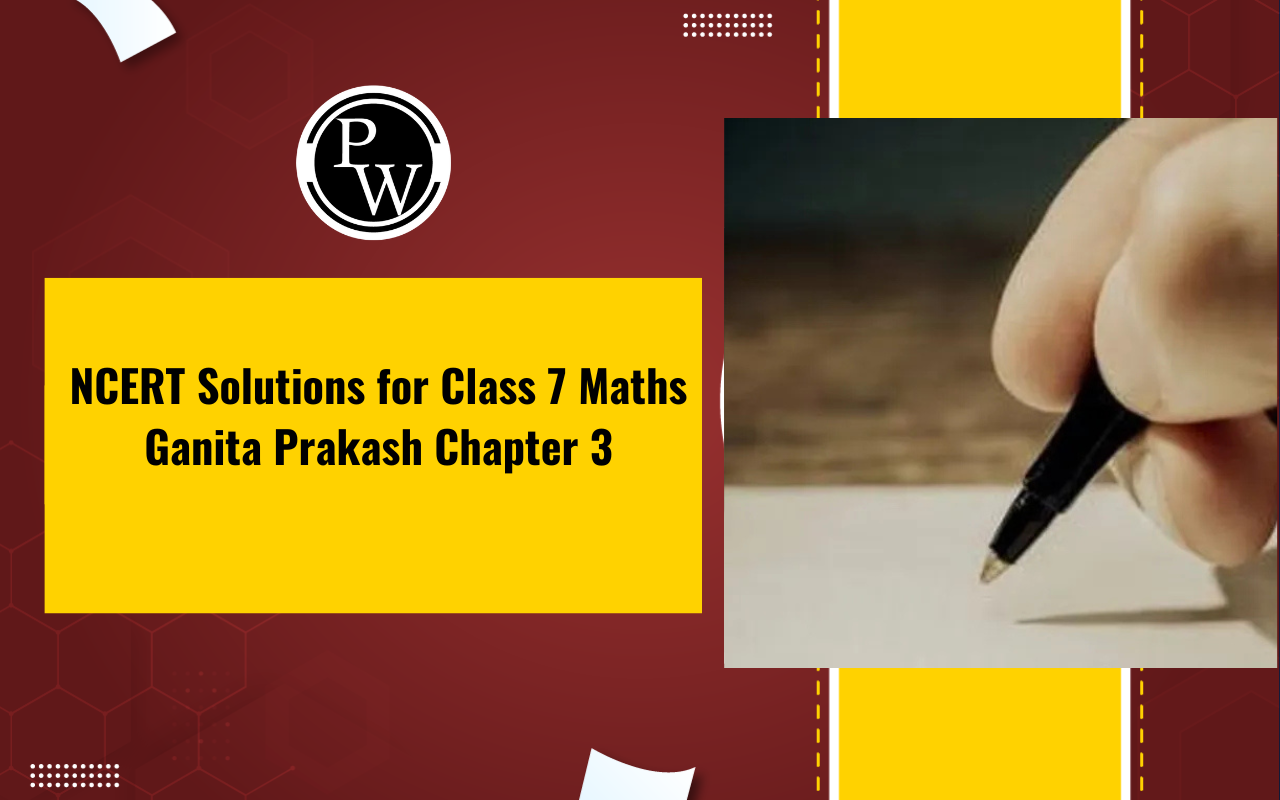
Important Questions for Class 7 Science Chapter 5: The important questions for Class 7 Science Chapter 5 Physical and Chemical Changes help students understand key concepts such as the differences between physical and chemical changes, examples of each type, and their significance in daily life. These questions cover topics like reversible and irreversible changes, rusting of iron, crystallization, and the role of chemical reactions in forming new substances.
Practicing these questions strengthens conceptual clarity and prepares students for exams by enhancing their problem-solving skills. By addressing various formats, including short and long answers, these questions provide comprehensive revision and deeper insights into the chapter.Important Questions for Class 7 Science Chapter 5 Overview
Important Questions for Class 7 Science Chapter 5 PDF
The Important Questions for Class 7 Science Chapter 5 - Physical and Chemical Changes are now available in a PDF format for easy access and reference. This PDF includes a variety of questions, such as very short, short, and long answer types, covering all key concepts like physical and chemical properties, examples of changes, and the processes involved. It is an essential resource for students to revise effectively and strengthen their understanding of the topic. You can download the PDF using the link provided below to prepare thoroughly for exams and assignments.Important Questions for Class 7 Science Chapter 5 PDF
Important Questions for Class 7 Science Chapter 5 Physical and Chemical Changes
Here are the important questions beneficial for Important Questions for Class 7 Science Chapter 5 Physical and Chemical Changes-Very Short Answer Questions (1 Mark)
1. Identify the following changes as physical or chemical:
a. Dissolving sugar in water: Physical.
This is because no new substance is formed, and sugar can be recovered by evaporation.b. Formation of rain from clouds: Physical.
It is a change of state from vapor to liquid without altering the chemical composition.c. Formation of acid rain: Chemical.
This involves chemical reactions between water and gases like sulfur dioxide and nitrogen oxides.d. Combustion: Chemical.
Combustion results in the formation of new substances like carbon dioxide and water.e. Hammering a nail flat: Physical.
The shape changes, but the material remains the same.Short Answer Questions (3 Marks)
2. What are physical properties? Give examples.
Physical properties are characteristics of a substance that can be observed or measured without changing its chemical composition.Examples: Shape, size, color, melting point, boiling point, and state (solid, liquid, or gas).
3. What are chemical changes? Give examples.
Chemical changes occur when one or more substances react to form new substances with entirely different properties. These changes are usually irreversible.Examples: Combustion of wood, rusting of iron, and photosynthesis.
4. What are physical changes? Give examples.
Physical changes occur when the appearance or state of a substance changes, but no new substance is formed.Examples: Melting ice, dissolving sugar in water, and boiling water.
5. Explain how burning a strip of magnesium ribbon is a chemical change.
When magnesium ribbon is burned, it reacts with oxygen in the air to form a new compound, magnesium oxide. The reaction produces bright white light and a white ash (magnesium oxide), which is chemically different from magnesium. This is a chemical change as it results in the formation of a new substance.6. What happens when vinegar is added to baking soda? How do you test the gas produced?
When vinegar (acid) reacts with baking soda (base), it forms carbon dioxide gas, water, and sodium acetate. To test the gas produced, pass it through lime water. If the lime water turns milky, it confirms the presence of carbon dioxide.Long Answer Questions (5 Marks)
7. What are the indications of a chemical change?
The signs of a chemical change include:- Release or absorption of heat during the reaction.
- Production of sound.
- Formation of a gas.
- A change in color of the reactants or products.
- Release of a distinct odor, either pleasant or unpleasant.
8. Explain the formation of rust.
Rust is a reddish-brown substance formed when iron reacts with oxygen and moisture in the air. The chemical process involves the oxidation of iron to form iron oxide (Fe₂O₃·xH₂O).Reaction: Iron (Fe) + Oxygen (O₂) + Water (H₂O) → Rust (Iron Oxide, Fe₂O₃·xH₂O).
Rusting weakens the metal and damages its structure over time.9. How can rusting of iron be prevented? Suggest and explain any three methods.
Rusting can be prevented using these methods:- Oil or grease application: Applying oil or grease prevents the iron surface from direct exposure to air and moisture.
- Galvanization: Coating iron with a layer of zinc protects it from rust because zinc reacts with oxygen and water instead of iron.
- Painting: A layer of paint acts as a barrier, preventing moisture and air from reaching the iron surface.
- Alloying: Mixing iron with other metals, like chromium or nickel, creates rust-resistant alloys such as stainless steel.
Benefits of Solving Important Questions for Class 7 Science Chapter 5
- In-depth Understanding of Concepts : Solving important questions helps students grasp key concepts related to physical and chemical changes, making it easier to differentiate between the two.
- Enhances Problem-Solving Skills : Working on various question types sharpens analytical and critical thinking abilities, which are essential for understanding science.
- Effective Exam Preparation : Practicing these questions ensures familiarity with the pattern and difficulty level of questions that might appear in exams, boosting confidence.
- Strengthens Retention : Regular practice aids in better memory retention of facts, definitions, and examples, ensuring long-term understanding of the chapter.
- Application of Knowledge : These questions encourage students to apply theoretical knowledge to practical scenarios, helping them connect textbook learning with real-life applications.
- Time Management : By solving a variety of questions, students learn to manage their time effectively during exams, ensuring they complete the paper on time.
- Self-Evaluation : Attempting important questions allows students to assess their strengths and areas for improvement, guiding them to focus on weaker topics.
- Builds Confidence : Consistent practice instills confidence in students to tackle challenging questions during tests and exams.
Important Questions for Class 7 Science Chapter 5 FAQs
What is a physical change?
What is a chemical change?
Is dissolving salt in water a physical or chemical change?
What are some examples of physical changes?
What happens when vinegar reacts with baking soda?



